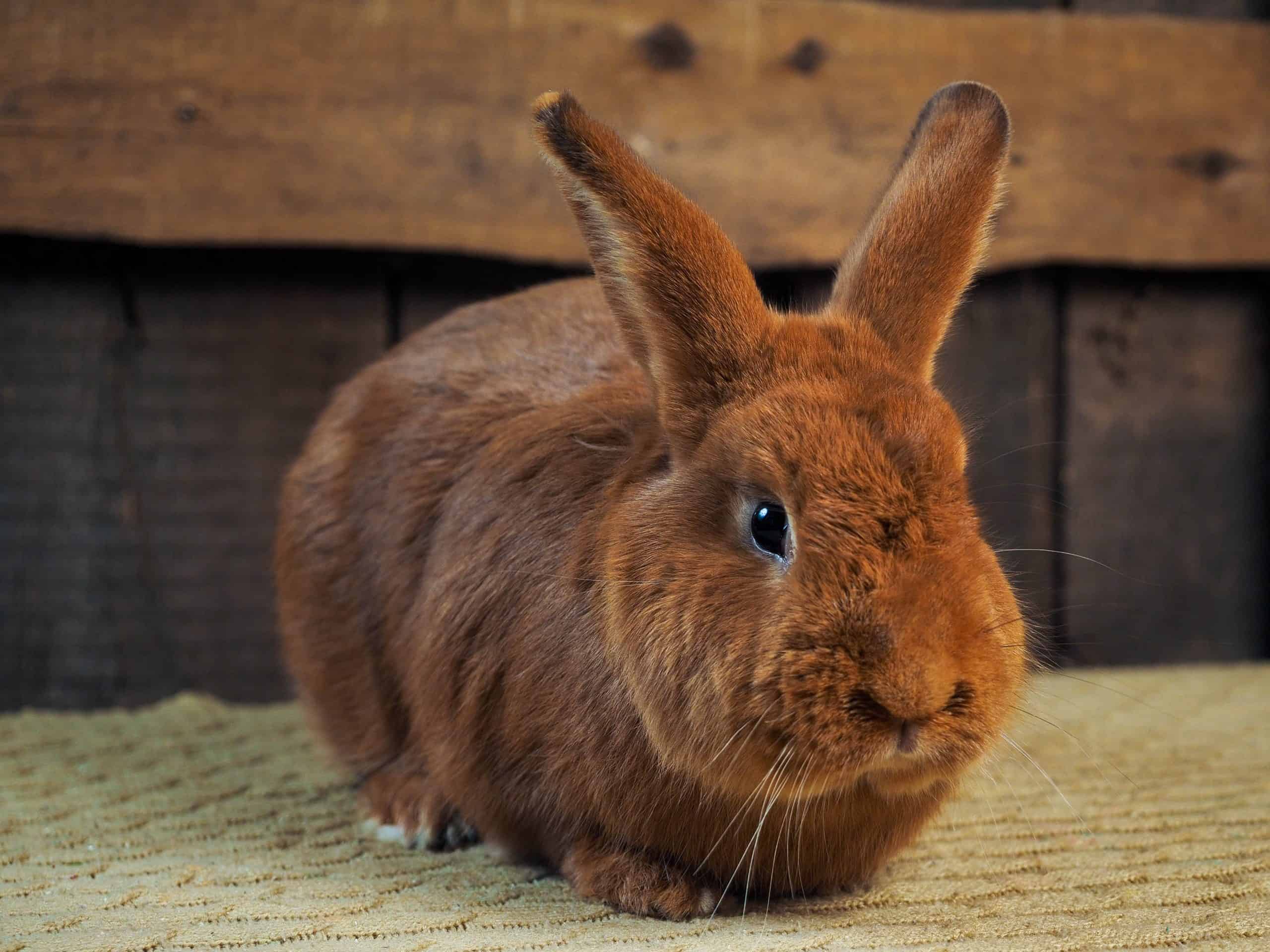Basic Appearance:
When people think of New Zealands they think of large white meat rabbits, but there is so much more to this American breed. While they are the top meat producing breed, New Zealands are also excellent show rabbits. They have nice balanced type, and smooth, firm bodies. Surprisingly to some, New Zealands are not only white. There are also reds, blacks, and brokens.
History, Temperament, and Common Uses:
New Zealands were developed in America in the early 1900’s. Interestingly, reds were developed first, appearing on the rabbit scene in 1910. Whites came a little later, and were probably developed by W.S. Preshaw of California. New Zealands were soon being taken to England, where they are still held in high regard as meat producing rabbits.
When properly handled as young rabbits, New Zealands are calm and laid back. Their large size can make them difficult for children to handle however.
New Zealands are the number one meat rabbit. They are generally very healthy, are easy to keep, raise large litters, and produce a lot of meat. They are popular with large-scale meat producers and backyard breeders wanting to supply their own table.
Besides meat production, New Zealands are also very competitive as show rabbits. They have excellent, consistent type and often take top honors at shows. In fact, a New Zealand won Best in Show at the ARBA Convention in 2011.
Grooming, Care, and Additional Notes:
New Zealands require little grooming. For show rabbits, simply going over them with a soft brush or damp hands will remove loose hairs and static.
New Zealand At A Glance…
Recognized Varieties:
Black, broken, red, and white.
ARBA Body Type:
Commercial
Approximate Size:
9 to 12 pounds.
Important Things to Look for When Buying Show Stock:
A rabbit that gives the impression of balance. New Zealands should be of medium body length, with depth and width being equal throughout the shoulders, midsection, and hindquarters. Keep in mind that you are looking at a meat rabbit. The hindquarters should be broad, smooth, and full, with good roundness and firm flesh. The midsection too should be broad and meaty, and the belly firm. The well-developed shoulders should blend smoothly into the midsection, which in turn blends smoothly into the hindquarters. From above, there should be a taper from the hindquarters to the slightly narrower shoulders. The topline should start at the base of the ears and curve smoothly up to the highest point over the hips. From the hips it should round smoothly down to full lower hindquarters.
New Zealands should have a full head with a slight curvature present from the eyes to the nose. The ears should be in balance with the rest of the rabbit, as should the head. The ears should be slightly thick with rounded tips. There should be a good ear base, with ears carried erect.
Look for rabbits with medium heavy bone, straight legs, and full, stout hind legs.
New Zealands are to have flyback fur, tight and thick over the entire animal. It should quickly resume its natural position when stroked backwards.
Things to Avoid:
A long, narrow body. Very compact body. Chopped or pinched hindquarters. Hips or spine protruding. Topline that starts late. Flabby rabbits. A head that is long and narrow, pinched muzzle, long, thin, or pointed ears, ears carried spread apart. Thin fur on undersides of feet. Very fine bone is a disqualification. Harsh coat, fine or silky coat. Coat that is very soft, thin, or short.

